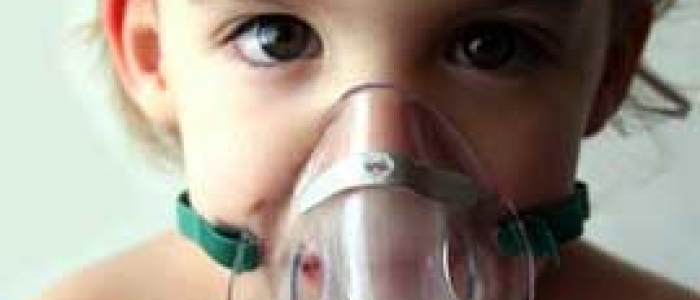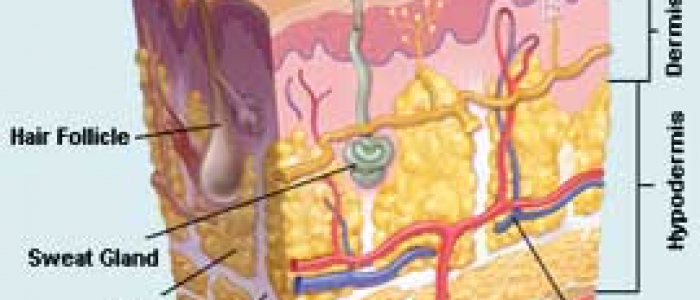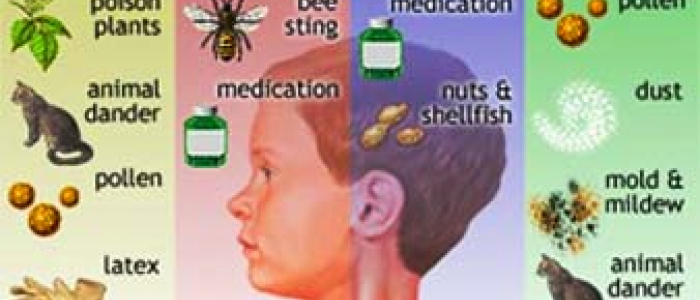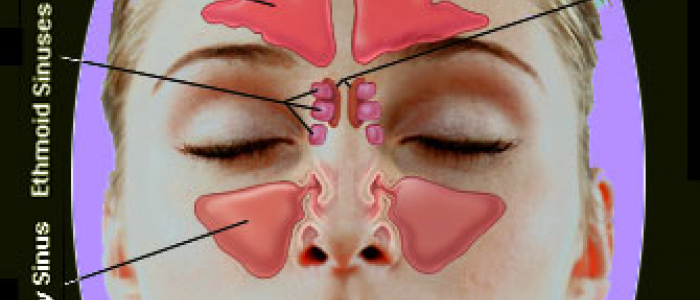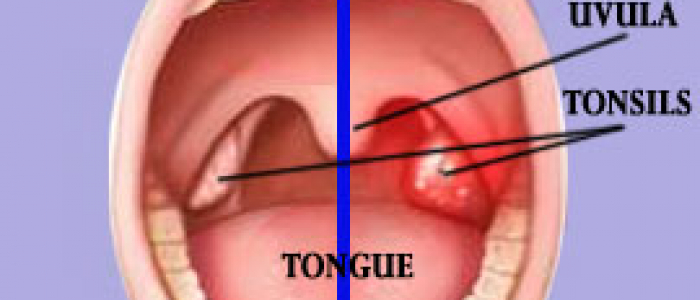
Warts are a type of skin infection caused by the human papillomavirus (HPV). The infection causes rough, skin-colored bumps to form on the skin. The virus is contagious. You can get warts from touching someone who has them
A wart (also known as verruca) is generally a small, rough tumor, typically on hands and feet but often other locations, that can resemble a cauliflower or a solid blister.
Warts are a type of infection caused by viruses in the human papillomavirus (HPV) family. There are more than 100 types of HPV viruses. Warts can grow on all parts of body. They can grow on skin, on the inside of mouth, on genitals and on rectal area. Common types of HPV tend to cause warts on the skin (such as the hands and fingers), while other HPV types tend to cause warts on the genitals and rectal area. Some people are more naturally resistant to the HPV viruses and don’t seem to get warts as easily as other people.
There are several types of warts with different names based on their location. The common wart is found on the hands or body. The plantar wart derives its name because it is located on the sole or plantar surface of the foot. Venereal warts or condyloma acuminatum involve the genital region and are often transmitted sexually. In females with venereal warts, periodic pap smears should be done since these warts may cause cervical cancer.
 Warts are common, and are contagious when in contact with the skin of an infected person. It is unlikely that you will get a wart every time you come in contact with HPV. Some people are more likely to get warts than others.Immune system plays a very important role in getting rid of the HPV. Strong immune system fights off the virus and removes it as soon as it enters the body. However, weaker immune system results in infection and wart development.
Warts are common, and are contagious when in contact with the skin of an infected person. It is unlikely that you will get a wart every time you come in contact with HPV. Some people are more likely to get warts than others.Immune system plays a very important role in getting rid of the HPV. Strong immune system fights off the virus and removes it as soon as it enters the body. However, weaker immune system results in infection and wart development.
Human Papillomavirus (HPV) is responsible for all types of warts. The three most common form of contracting HPV are as follows:
- Touch : The warts can spread from one area to other parts of the body or from one person to another. You can infect yourself again by touching the wart and then touching another part of your body. Direct skin – to – skin contact with another person may result in transmission of HPV to another person. This virus spreads quickly through broken areas of skin.
- Sharing personal items : The virus can spread through sharing towels, clothing, shoes, socks, face towels,other fabrics, razors or other personal items that have come in contact with infected areas or warts of infected person.
- Contact through objects : HPV thrives in moist, warm environments and it may survive for months without any host (human body). Thus public shower floors or concrete surrounding swimming pools can be thriving grounds of this virus. Thus walking bare foot in such areas increases the possiblity of transmission of virus and contracting this skin condition.
After you've had contact with HPV, it can take many months of slow growth beneath the skin before you notice a wart.
Warning About Warts
In females with venereal warts, periodic pap smears should be done since these warts may cause cervical cancer. If genital warts are present it is also important for women to have a PAP smear to check that pre-cancerous changes have not taken place on the cervix. Some skin cancers such as squamous cell carcinomas look similar to warts so it is important to get a firm diagnosis if there is any doubt.




